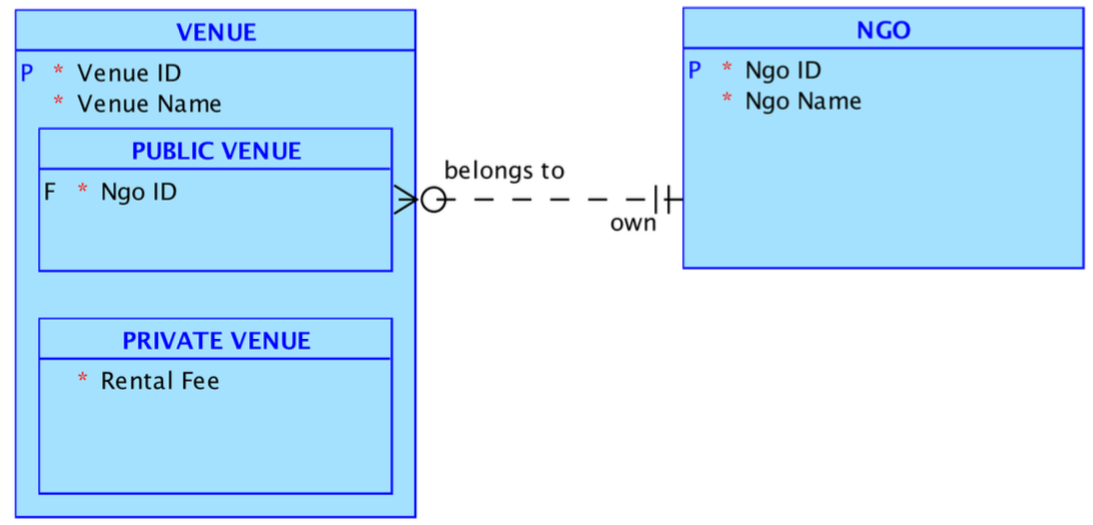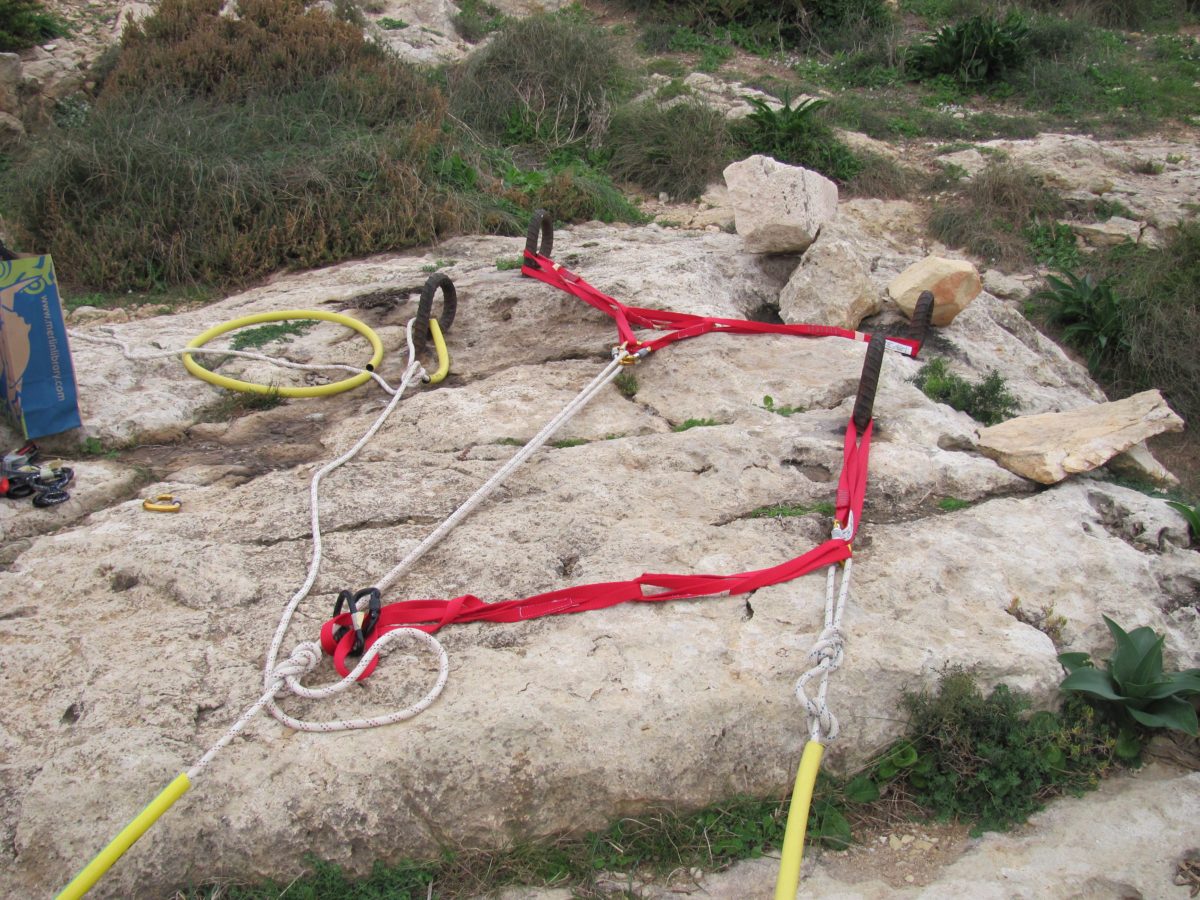Self-Signed SSL Certificate
If you are planning on developing or customizing some web systems such as WordPress or Magento, then at one point you will need some security. You might want to sign the SSL certificate yourself. A number of guides exists for this, for Windows Systems I found the one by Shivprasad Koirala to be very intuitive and for Unix systems the one by Heroku and Scott Baker are best. Here are the steps required:
- Check that openssl is installed by running the following command in a terminal:
which openssl
- If no such file is found then you need to install. Here are the possible installation methods
- Mac OSX – Via Homebrew: homebrew install openssl
- Windows – Download software package.
- Linux (Debian/Ubuntu Variants) – Guide – sudo apt-get install openssl
- Linux (RedHat Variants) – Guide – yum install openssl
- Generate the keys for the Certificate Authority
openssl genrsa -des3 -out ca.key 4096
openssl req -new -x509 -days 3650 -key ca.key -out ca.crt
- Generate the private key for your server
openssl genrsa -des3 -out server.key 4096
- Create the certificate signing request to be signed (leave challenge password and organization name empty)
openssl req -new -key server.key -out server.csr
- Sign your certificate
openssl x509 -req -days 3650 -in server.csr -CA ca.crt -CAkey ca.key -set_serial 01 -out server.crt
- Optionally remove the password
openssl rsa -in server.key -out server.key.nopass
For some documentation about how to use openssl check the official site.














